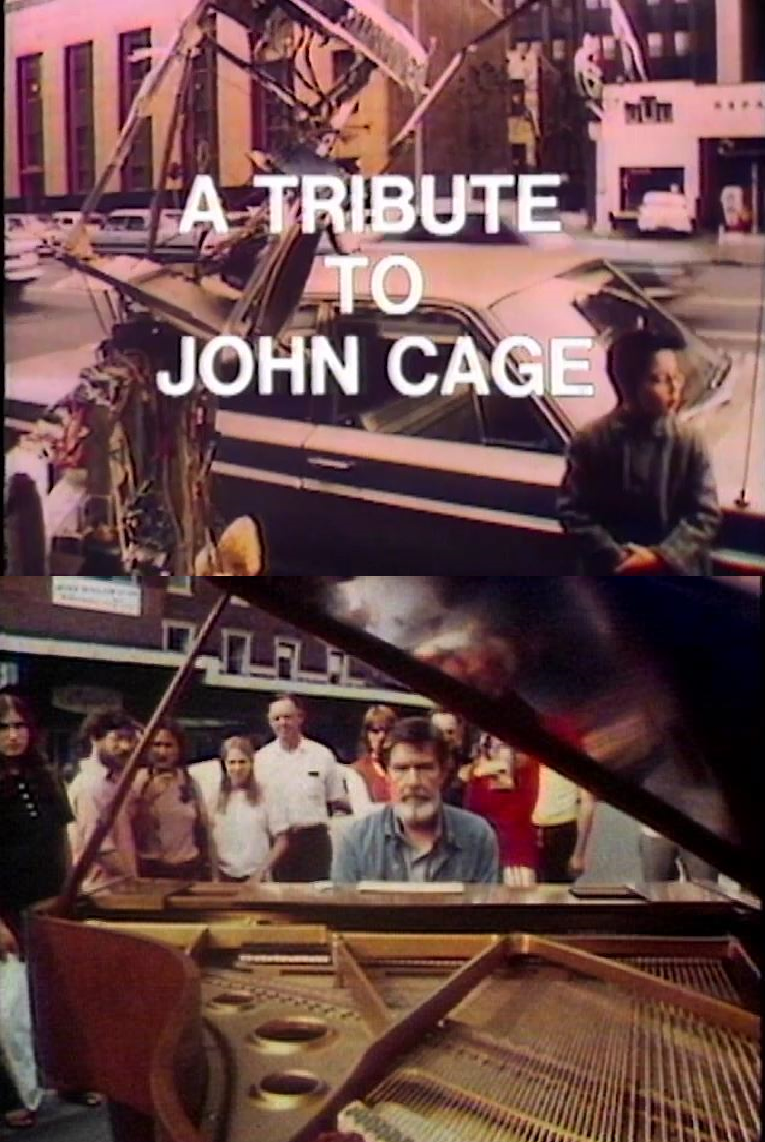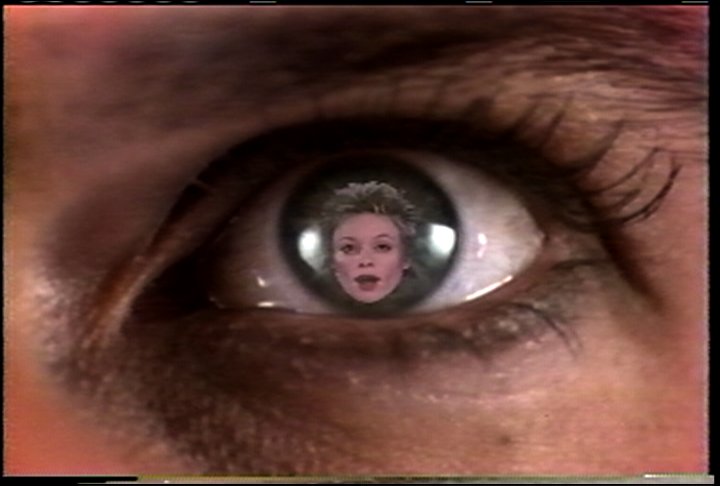
The third screening of the series is Nam June Paik’s A Tribute to John Cage. John Cage, an American composer of contemporary music, had a lot of influence on contemporary artists including Nam June Paik. Out of respect for Cage’s radical aesthetics of music, Paik created a video documentation of Cage’s multifaceted art. Beginning with Nam June Paik and Robot K-456's street performance Robot Opera, the film recounts Paik's encounter with John Cage and focuses on Cage's 1972 performance in Harvard Square, as well as performance of measuring his brain waves, performance by Charlotte Moorman and interview with Alvin Lucier.
John Cage will reenact his historic 1952 performance of 4’ 33” in Woodstock, New York, in Harvard Square as part of an event called How to Enjoy the Boredom. His radical music theory, based on chance and randomness, manifests itself not only in the laughter of passersby and the honking of car horns but also in the process of deciding where to perform. The 981 streets on the map of New York City's Manhattan and Bronx neighborhoods are linked to the 64 hexagrams of I Ching (Book of Changes) and the location of the performance is chosen accordingly. Nam June Paik dedicated his art to Cage by inserting excerpts of his work TV Bra (1969) between Cage's performances.
Cage was Paik’s lifelong colleague and friend. Cage integrated elements like chance and noise into music, focused more on the process rather than result, and actively accepted electronic media to broaden the realm of sound. When Cage passed away in 1992, Paik in his memorial writing said that the time before he met Cage was B.C.(Before Cage) and after he died was A.D.(After Death). This shows the significant effect Cage had on Paik’s life.
Rendez-vous Céleste: John Cage





